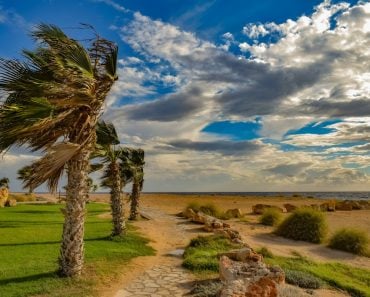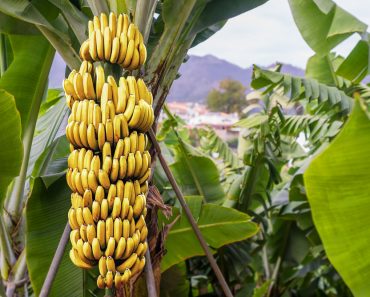Table of Contents (click to expand)
The Manchineel Tree is the world’s most dangerous tree according to the Guinness Book of World Records. The tree is native to Central America, Mexico and Southern Florida. The tree grows along the coastal beaches of the West Indies and in saline waters with mangroves. The tree secretes a thick, milky sap that oozes out of its leaves, bole and fruits. Contact with this sap results in severe blistering and inflammation of the skin. Consumption of its succulent fruits or leaves can lead to fatal esophageal ulcers and edema.
The Manchineel Tree is deemed to be the world’s most dangerous tree by the Guinness Book of World Records. The first part of its scientific name, Hippomane mancinella was coined by the Greek philosopher Theophrastus, where Hippo translates to a horse and mane is derived from mania or madness. Theophrastus conjured this description after he noticed that horses became “deranged” after eating from a native tree. Linnaeus, the father of taxonomy classified this atrocious tree in the same way.
Nicola H Strickland, a consultant radiologist, found its green fruit scattered amongst coconuts and mangoes on an idyllic beach in Tobago. A manchineel tree’s fruit closely resembles an apple and is often called a “beach apple”. She recalls that the fruit fell from a “large tree with a silver bole and oblique based leaves.” She and her friend decided to take a bite.
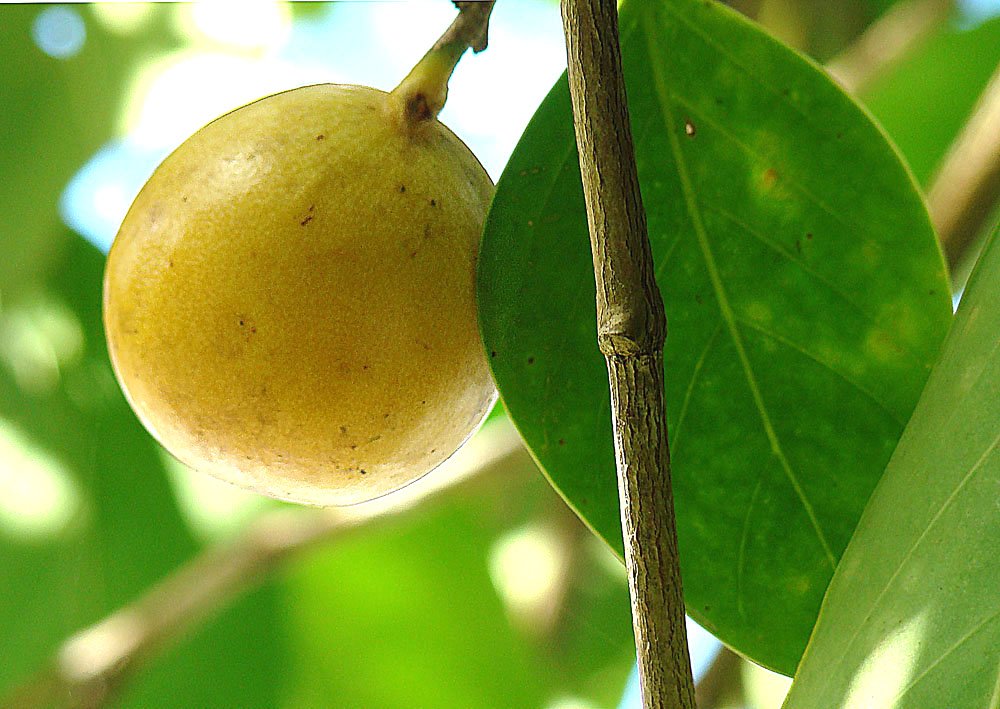
She provides a detailed account of her horrendous experience in a letter to the British Medical Journey. She describes how sweet the fruit tasted initially until the vileness sprang into action. She writes how “moments later we noticed a strange peppery feeling in our mouths, which gradually progressed to a burning, tearing sensation and tightness of the threat.” Hours into the ordeal, esophageal ulcers were exacerbated and were accompanied by a retentive tightening of their throats. The excruciating pain rendered them unable to swallow any food or drinks later.
If eaten whole, this seemingly innocuous fruit can possibly be fatal. In the States, the tree can be found in the treacherous marshes of Florida (well… who could’ve guessed that?).
Recommended Video for you:
The ‘Tree Of Death’
The manchineel tree belongs to the family of spurges. It is native to Central America, Mexico and Southern Florida. The tree grows along the coastal beaches of the West Indies and in saline waters with mangroves. However, the tree isn’t as abundant or as commonly encountered as the mangrove. On the contrary, it is highly endangered.

The tree assumes the appearance of a tall shrub but can grow to towering heights of up to 50 feet. The bark is reddish to grayish brown and is highly rugged. Any forager can easily mistake its fruit for an apple or guava. However, the toxicity is not limited to its fruits, but includes the whole tree itself! One paper claimed that all its parts are extremely poisonous!
Spanish-speaking countries call it the arbol de la muerte, which translates to “tree of death”. The tree secretes a thick, milky sap that oozes out of its leaves, bole and fruits. Contact with this sap results in severe blistering and inflammation of the skin. Consumption of its succulent fruits or leaves can lead to fatal esophageal ulcers and edema. Also, smoke from its burning wood or rubbing your eyes after handling its leaves can cause temporary blindness.
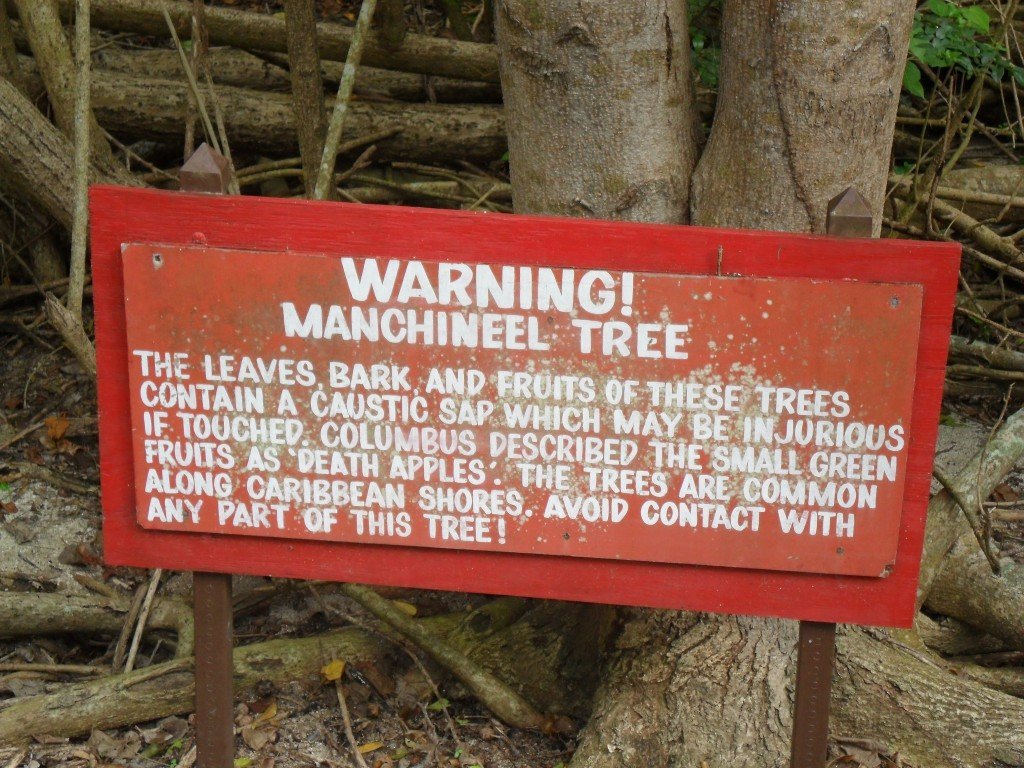
The aroma has also been reported to disturb mucous membranes and eyelids. The tree is so deadly that people are advised to not even stand in its proximity! However, the particular toxins found in its latex are still partially unknown.
Deaths due to contact with or consuming the tree’s fruit are rarely documented, however. Probable deaths might include shipwrecked sailors and people like Nicola, who eat its fruits after mistaking them for an apple. Children are conspicuously susceptible to such accidents.
Is The Toxicity An Evolutionary Misstep?
The most obvious reason explaining the evolutionary purpose of the tree’s severe toxicity seems to be to deter herbivores who harm it. However, the extreme toxicity seems to be counterproductive. Plants procreate by spreading their seeds around various places. However, because plants cannot locomote and dispel seeds themselves, they use fruits as a subterfuge to trick animals into spreading them.

The animals eat the fruits and excrete the seeds in a different location. In this scenario, serendipitously, the seed also finds itself in a natural fertilizer that aids its growth. However, as we just learned, the fruits are extremely poisonous, so consumption would kill the animal before it gets a chance to promulgate the seeds itself. Trees abounding with toxic fruits seem to represent a vacuous misstep in evolution.
One answer is that the manchineel tree’s fecundity lies in the hands of the seas. The fruits float on the water and are dispersed at different locations, where the fruit clenching the seed rots, allowing the seed within to grow. This sort of mechanism is also depicted by coconut palms.
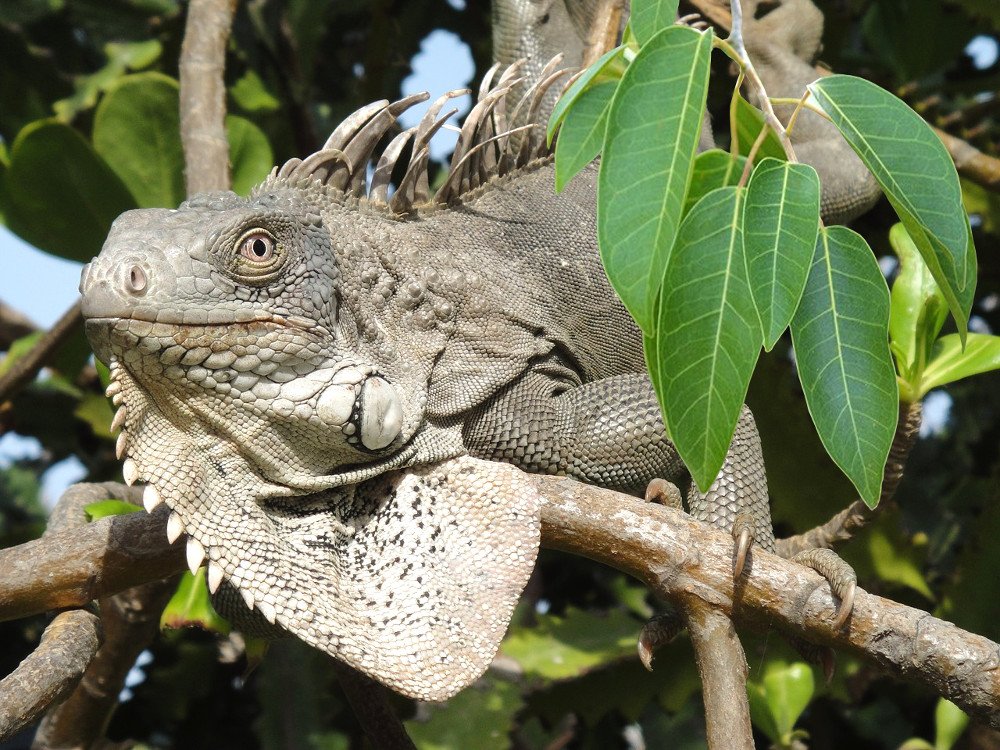
Furthermore, even though the fruits are fatal to us, iguanas of Central America and South America are indifferent to their poison. The iguanas are often observed eating their fruits and slinking around the branches of these trees.
Not So Bad After All
When planted in rows, manchineel trees excel at preventing soil erosion. This is formally known as windbreaking. Along the coasts of beaches, the tenacious roots of this tree also display a stern propensity to prevent beach erosions.
Familiar with its nefarious leaves, Calusa, an aboriginal tribe native to Florida, smeared them on the tips of their arrows to hunt prey and kill their enemies. One such arrow is rumored to have killed the explorer Juan Ponce de Leon on his second trip to Florida in 1521.
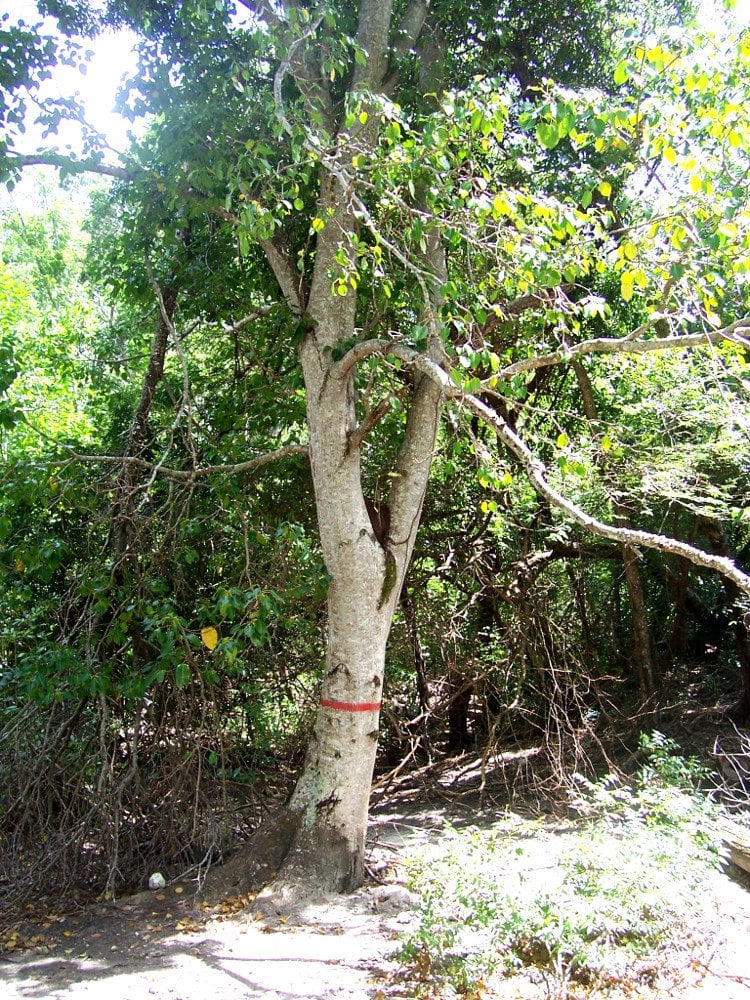
Other than hunting, the gum from the bark has often been used to treat venereal diseases in traditional medicine practice. Fruits dried in the sun are also utilized as an effective diuretic.
References (click to expand)
- FOR302/FR370: Hippomane mancinella, Manchineel. The University of Florida
- Strickland, N. H. (2000, August 12). My most unfortunate experience: Eating a manchineel "beach apple". Bmj. BMJ.
- The Institute for Regional Conservation - regionalconservation.org
- Do Not Eat, Touch, Or Even Inhale the Air Around the .... Atlas Obscura




